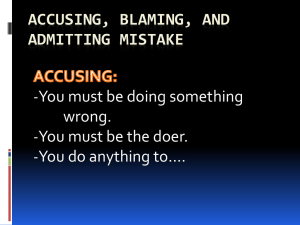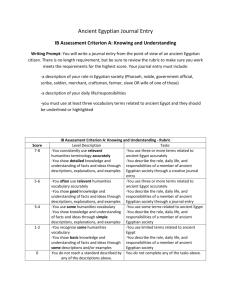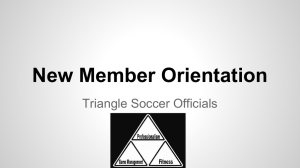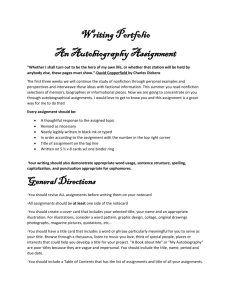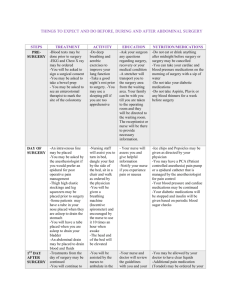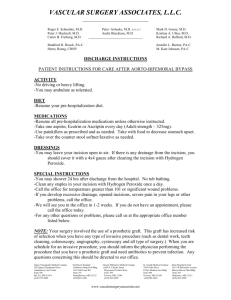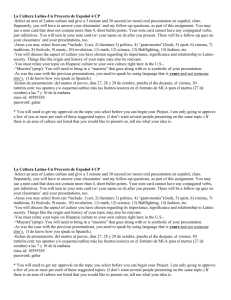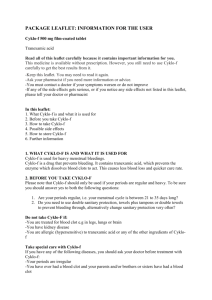Unit 1 Test Topics (Regular):
advertisement
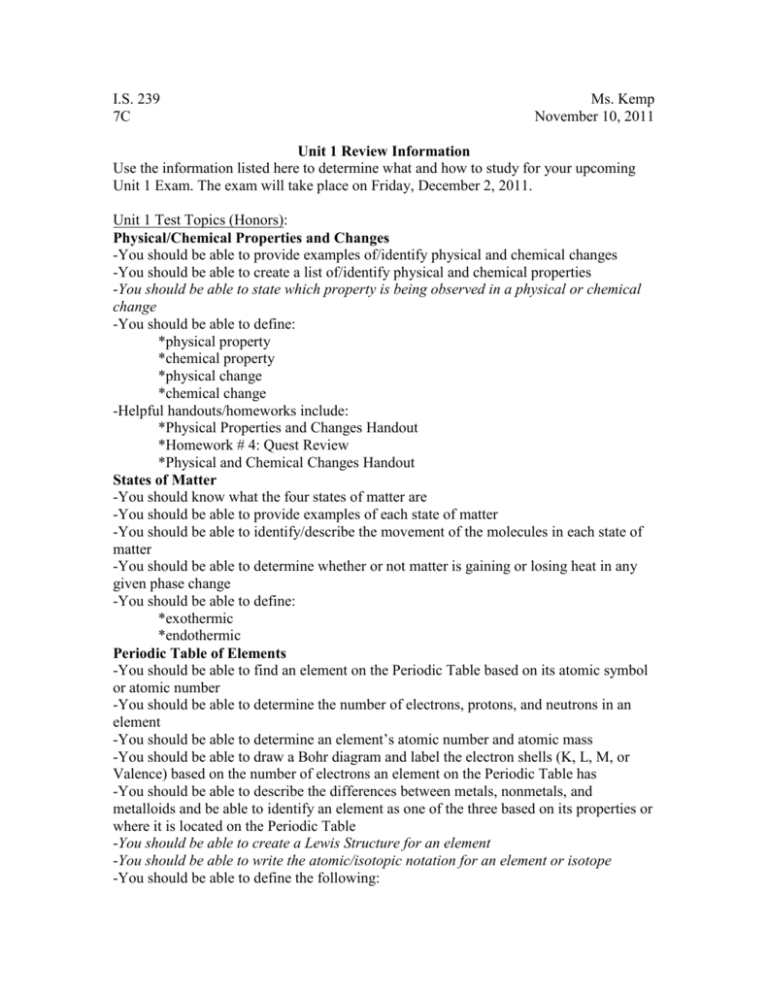
I.S. 239 7C Ms. Kemp November 10, 2011 Unit 1 Review Information Use the information listed here to determine what and how to study for your upcoming Unit 1 Exam. The exam will take place on Friday, December 2, 2011. Unit 1 Test Topics (Honors): Physical/Chemical Properties and Changes -You should be able to provide examples of/identify physical and chemical changes -You should be able to create a list of/identify physical and chemical properties -You should be able to state which property is being observed in a physical or chemical change -You should be able to define: *physical property *chemical property *physical change *chemical change -Helpful handouts/homeworks include: *Physical Properties and Changes Handout *Homework # 4: Quest Review *Physical and Chemical Changes Handout States of Matter -You should know what the four states of matter are -You should be able to provide examples of each state of matter -You should be able to identify/describe the movement of the molecules in each state of matter -You should be able to determine whether or not matter is gaining or losing heat in any given phase change -You should be able to define: *exothermic *endothermic Periodic Table of Elements -You should be able to find an element on the Periodic Table based on its atomic symbol or atomic number -You should be able to determine the number of electrons, protons, and neutrons in an element -You should be able to determine an element’s atomic number and atomic mass -You should be able to draw a Bohr diagram and label the electron shells (K, L, M, or Valence) based on the number of electrons an element on the Periodic Table has -You should be able to describe the differences between metals, nonmetals, and metalloids and be able to identify an element as one of the three based on its properties or where it is located on the Periodic Table -You should be able to create a Lewis Structure for an element -You should be able to write the atomic/isotopic notation for an element or isotope -You should be able to define the following: *element *atom *valence shell *electronegativity *reactivity *metal *nonmetal *metalloid *isotope -Helpful handouts/homeworks: *Homework # 5: The Simplest Matter Sheet *Lesson 11 Packet: How are electrons arranged in an atom? *Lesson 12 Packet: Atoms Packet *Bohr model handout for elements 1-20 *Electron Dot Diagrams Handout *Atomic/Isotopic Notation Handout Law of Conservation of Matter -Understand that matter cannot be created or destroyed, it only changes form and that Lavoisier was the first to come up with this theory -Be able to define the following: *Law of conservation of matter -Helpful handouts/homeworks: *Atomic Theorist Handout Chemists and Their Atomic Models/Theories -Be able to describe the atomic models and theories of the following chemists *Democritus *Aristotle *Lavoisier *Dalton *Thomson *Rutherford *Bohr -Helpful handouts/homeworks: *Atomic Theorist Handout Compounds -Understand how compounds are formed -Understand the differences between ionic and covalent bonds -Be able to identify a compound as ionic or covalent -Be able to identify/provide examples of compounds -Be able to determine the number of atoms in a compound -Be able to determine the charge of different atoms in ionic compounds based on their loss or gain of electrons -You should be able to define the following: *compound *covalent bond *ionic bond *ion -Helpful handouts/homeworks: *Homework # 7 and 8: Tie It Together and Counting Atoms Sheet Mixtures -Understand the differences between compounds and mixtures -Be able to list the ways in which mixtures can be separated -Be able to determine whether or not something is a heterogeneous or homogeneous mixture -Be able to identify/provide examples of mixtures -Be able to describe the best way to separate different mixtures -You should be able to define the following: *mixture *heterogeneous mixture *homogeneous mixture -Helpful handouts/homeworks: *HW # 8 (ID 3 and 4) HW # 9: Separating Mixtures Solutions -Understand what a solution is (a homogeneous mixture) -Be able to identify the parts of a solution -Be able to determine which part of a solution is the solute and which is the solvent -Understand that water is the universal solvent and be able to explain why -Be able to identify and describe the two types of solids that can form out of solutions either through physical or chemical changes -You should be able to define the following: *solution *solute *solvent *crystallization *precipitate General Information -You should study all of your class notes along with the information provided above. -If you are unsure about something or would like extra help, come to see me during lunch or e-mail me with your questions. -Study textbook Chapters 9 (full), 10 (full), and 11 (section 1 only). -You should complete the review assignment.
